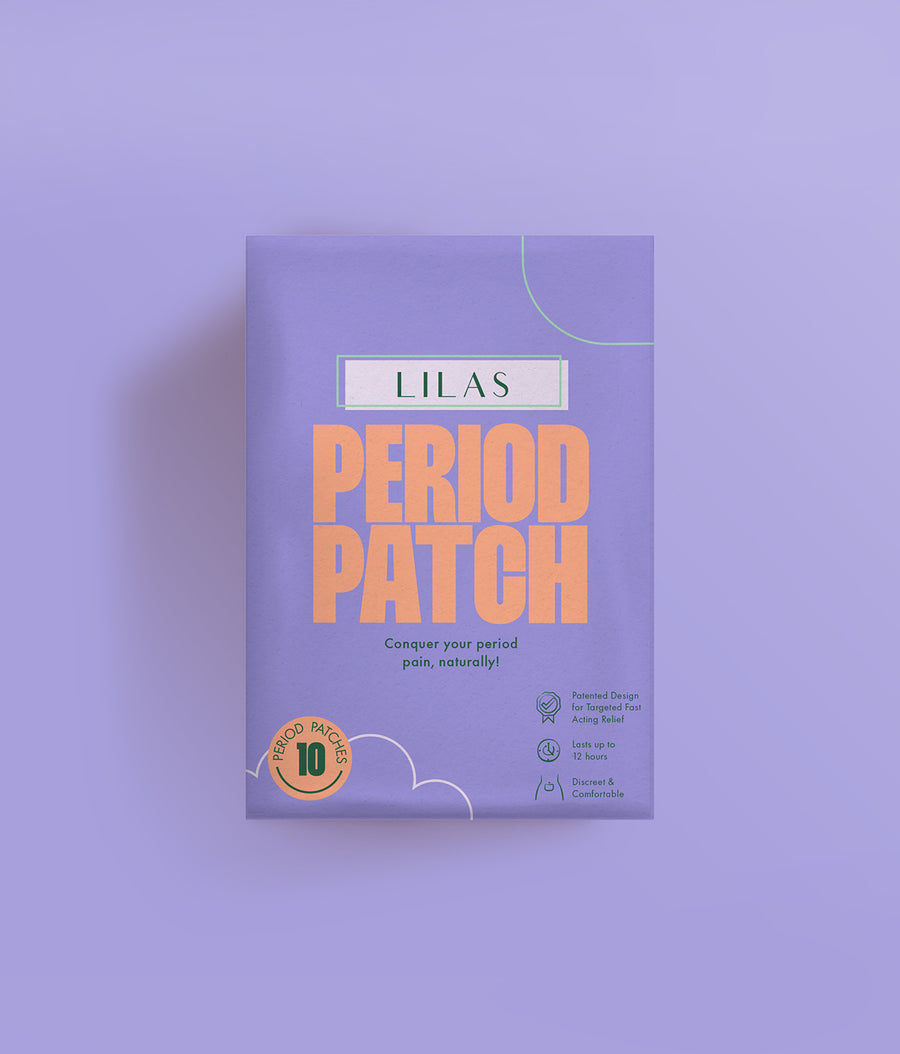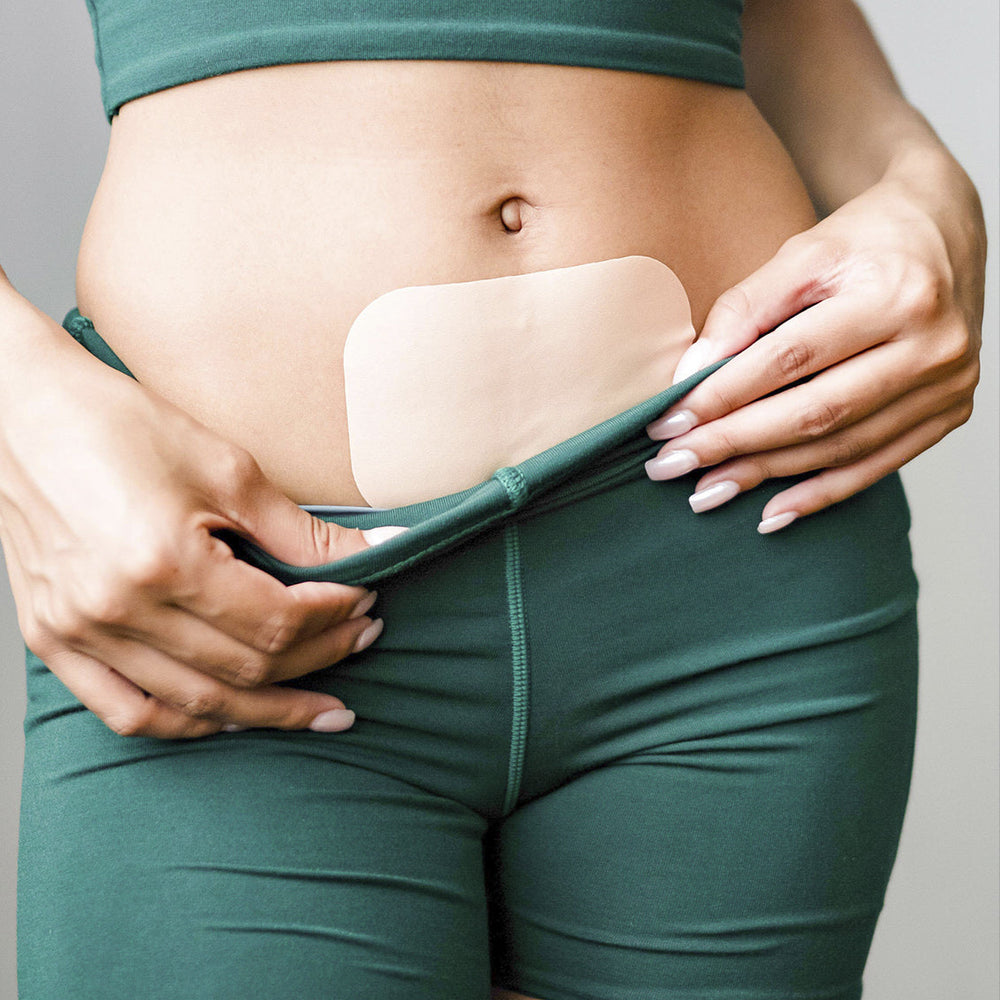Should You “Think Pink” during Breast Cancer Awareness Month?
Along with the beautiful hues of fall foliage and the orange and black of Halloween, October is often the pinkest month of the year for breast cancer awareness. It is often at the forefront of women’s health and wellness discussions since it impacts so many of us worldwide. According to the World Health Organization, there are about 1.38 million new diagnosed breast cancer cases and 458,000 deaths each year across the globe. In the United States, 1 in 8 women will be diagnosed with breast cancer within her lifetime. While experts still are not sure what directly causes breast cancer, they maintain that the key to combating the breast cancer epidemic is through early detection. When found and treated in its early stages, breast cancer has a 99% survivability rate, but this rate drops drastically to 27% if the cancer metastasizes to other organs. Because, like ovarian cancer, breast cancer is often asymptomatic in its early stages, it is important to emphasize being intentional about getting mammograms, especially for women over 40 years old. As we see pink across all kinds of platforms, websites, and products during the month of October, hopefully, the color will remind us to take action toward prioritizing early cancer detection, to support people currently battling breast cancer during these especially difficult times, and to celebrate breast cancer survivors. However, when it comes to pink, nothing is ever as simple as you might think. Pink has been sparking all kinds of controversy in different ways throughout history, and its role in breast cancer awareness doesn’t seem to be an exception.
This October, before we try to “think pink” we need to be mindful of not falling into performative activism and to be aware of an insidious practice called pinkwashing.
As coined by Breast Cancer Action, pinkwashing is when, during the month of October especially, companies sell some sort of pink merchandise and claim to directly support causes that relate to breast cancer, but in reality, their so-called activism is at best performative and at worst exploitative. If anything, pinkwashing is just another harmful marketing tactic. For example, in 2010, the Dansko shoe company sold clogs with pink ribbons on them. As a customer, you would make the natural assumption that some of the proceeds of these pink ribbon clogs would have gone toward some sort of breast cancer awareness organization, right? Plot twist. Dansko made its usual fixed $25,000 donation to Susan K. Komen for the Cure, with none of the sales of the pink ribbon clogs going toward said donation. Yikes. By doing this, Dansko, inadvertently or not, became a pinkwasher. In a way, pinkwashing somewhat parallels another insidious practice called the pink tax, which is basically marketing of more “feminized” products(i.e. pink and purple versions) and charging more money for them. Both pinkwashing and pink tax are unfortunately ways in which the color pink is exploited for the sake of profit. Pinkwashing is especially problematic since it often takes advantage of customers’ desire to do good and support the breast cancer community at-large. We have to make sure that our actions actually follow through to the help we want to provide. So before you fully commit to “thinking pink” this October, don’t be afraid to do a little research on how the pink ribbon products you’re buying or the companies that tout pink websites you’re supporting are actively contributing to breast cancer solutions. And in the spirit of Halloween, beware of the pinkwashers!
Here are some helpful resources on breast cancer awareness:


Leave a comment